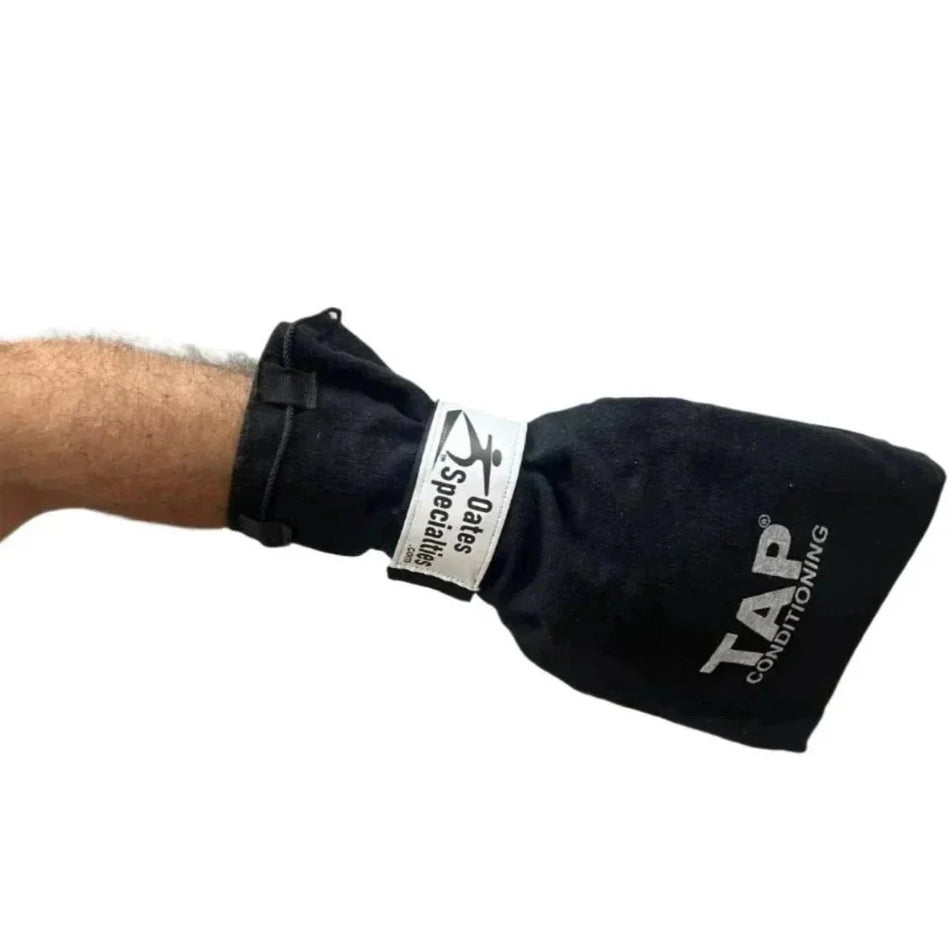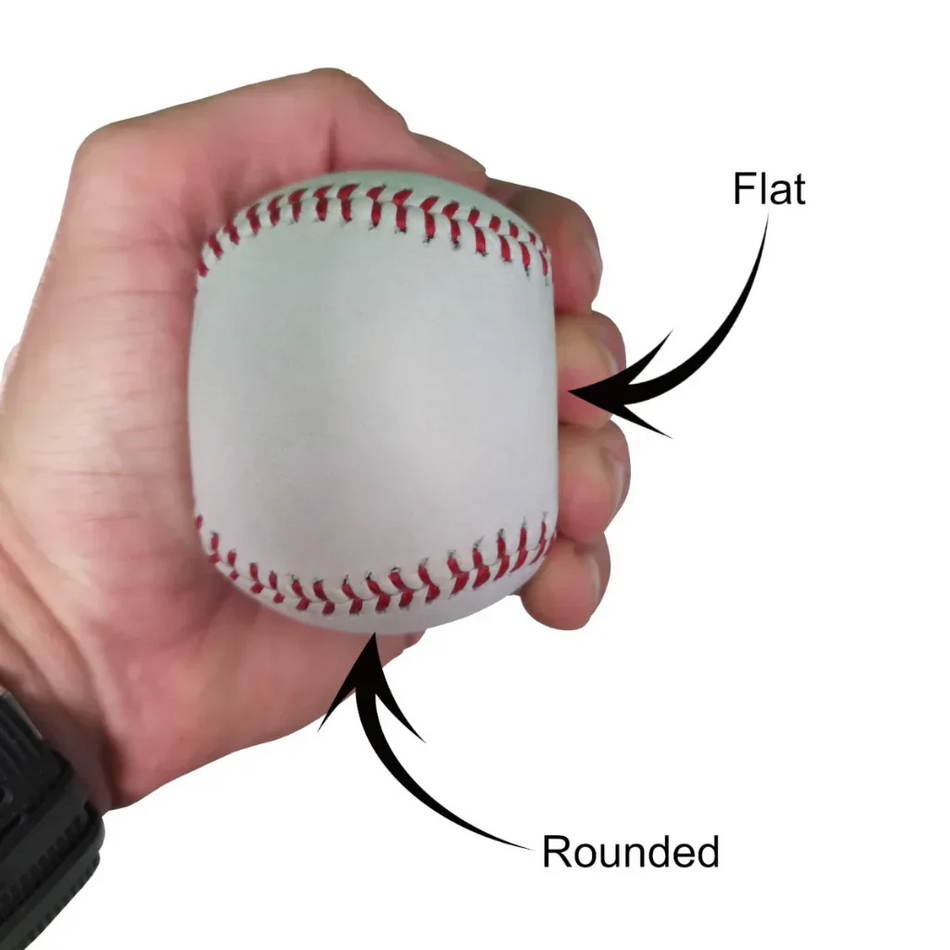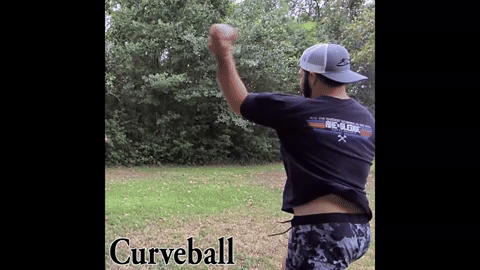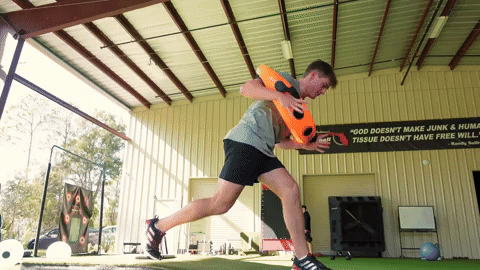There have been several questions from readers of this blog regarding the amount of time it takes for the body's ATP energy system to recover after an exercise. This is a very important question and yet one of the most difficult to answer precisely. Most research on the topic shows the rest time for full recovery of the ATP energy system to be approximately 2 minutes. However, there are a number of variables which affect the amount of time needed for recovery.
The first variable has to do with how depleted the athlete's ATP system is after the exercise or activity. In other words, how long was the duration of the exercise. Remember the ATP energy system provides the body energy for as long as 30 seconds (although after 12 seconds the amount of ATP providing energy sharply decreases as the glycogen system begins to take over). If an athlete exercises with high intensity for 25 to 30 seconds then their ATP energy will be completely depleted and they will need a full 2 minutes to recover.
On the other hand, if the exercise was 6 seconds in length, not all of the stored ATP was used and the recovery time will be shorter than 2 minutes. The second important variable has to do with the athlete's physical condition. As an athlete trains his fast twitch, explosive energy system, the amount of ATP stored in his/her muscles will increase and the recovery time needed will be less. Athletes who have specifically trained their ATP energy systems will need less recovery time to replenish their energy than athletes who don't train in this way or from the general population. As a result, elite athletes can recover much more quickly than others.
With that being said, an easy thumb rule to determine the amount of rest needed is to give athletes at least 3 to 4 times the amount of rest as the duration of the activity they are doing. So if the exercise lasts 10 seconds they should get at least 30 to 40 seconds of rest. Ideally, you want an athlete's heart rate to return to normal and breathing to be under control before they start the next set. Since an athlete's heart rate is often extremely difficult to judge, another indication of whether an athlete's ATP stores are replenished can be determined by watching their performance in the exercise. Since intensity is the most important factor when training the ATP energy system, the easiest and perhaps best way to gauge appropriate recovery time is to watch an athlete's intensity.
If an athlete starts to slow and show fatigue (his intensity diminishes), there are two options. The first is to allow more rest time and the second is to decrease the duration of the activity. If neither option is helping the athlete regain his explosiveness, speed, power, or energy then it is probably wise to end the day's workout since he/she is no longer performing at maximum intensity and the body will actually be teaching itself to move more slowly.
These types of indications about an athlete's recovery time may be easy enough when training individuals or small groups of players but I know some coaches will be wondering how they are supposed to gauge each athlete's intensity, or heart rate, when an entire team is training. The best way to do this is by partnering up players so they can watch and record each others performance. If a player sees his partner is getting significantly less reps or his time is slowing dramatically then he can let the coach know that more rest time is needed. Another benefit of pairing guys up in groups of two or more is that while one athlete is working the others are resting and therefore letting their energy system replenish itself while no time is wasted. They are spotting/evaluating/recording/timing their partner while resting and everyone is benefiting from the time spent.
The key to remember whether you are training by yourself, one on one, or with an entire team is to be sure the rest time is at least 3 times greater than the exercise itself. Don't begin the next activity if you are gasping for air or if you can still feel your heart pounding in your chest. Most athletes will probably need more rest than 3 times that of the exercise but as long as you keep an eye out and watch an athlete's performance you will have a pretty good reading as to how well his/her energy system is recovering.
For questions or additional information on this topic or any others contact me at Brian@oatesspecialties.com Check out our other site www.chaintraining.com
Brian Oates














































